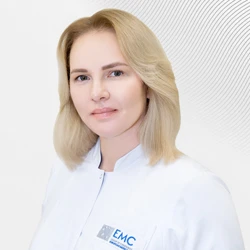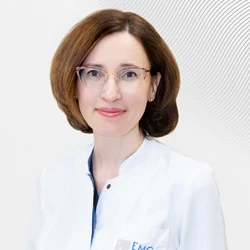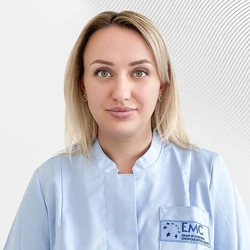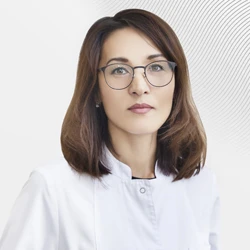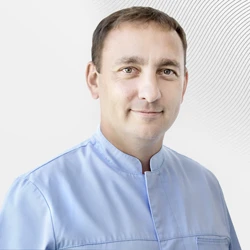Psoriasis is an inflammatory disease in which scaly rashes appear on the skin. Sometimes the rash is accompanied by itching. Approximately 15% of cases of psoriasis develop in childhood. The older the child, the higher the chance of developing the disease. The diagnosis of psoriasis usually causes great anxiety among parents. However, despite the fact that it is currently not possible to cure psoriasis forever, there are many methods that help children with this disease to live a comfortable, socially active life.
Psoriasis in childhood is often mild and well treatable. It is possible to achieve long-term remission when the symptoms of psoriasis do not appear or are minimal. In rare cases, anti-inflammatory treatment is prescribed orally or by injection.
Causes of psoriasis in children
Often the trigger for the development of psoriasis is a bacterial infection, for example, sore throat. Children also inherit certain genes from their parents that increase the likelihood of developing it. Risk factors for developing the disease in a child also include obesity, certain medications, cold weather, and high levels of stress. Often, however, it is impossible to find out the cause of psoriasis.
Diagnosis of psoriasis in children does not differ from diagnosis in adults. As a rule, a visual examination is sufficient for a dermatologist to establish a diagnosis. In rare cases, it is necessary to take a small piece of skin (no more than 4 mm) from the rash to clarify the diagnosis using histological examination.
Treatment of psoriasis in children
The basis of external psoriasis treatment is external corticosteroid medications that quickly relieve inflammation. Parents are sometimes afraid of prescribing such drugs. These concerns are not without reason if the drugs are used uncontrollably, without a doctor's prescription. The correct use of external corticosteroids prescribed by a specialist doctor allows you to achieve a quick and stable positive result without causing undesirable effects. Some other external and internal medications complement and enhance the effect of the treatment.
In difficult cases, systemic anti-inflammatory drugs such as cyclosporine or methotrexate are used.
Currently, in addition to conventional medications, more modern biological drugs are available for the treatment of psoriasis in adolescents, which are aimed at blocking specific proteins that play a key role in the development of psoriasis. These medications are intended for the treatment of patients with severe manifestations of psoriasis. The list of these medicines approved for use in children is gradually expanding. The method that has proven its effectiveness is treatment with narrow-spectrum ultraviolet rays (UV 311 nm). This method is more suitable for adolescents with a skin lesion area of at least 10% with psoriasis. For younger children, such treatment should be carried out with caution, avoiding severe radiation burns, as this may further increase the risk of developing a malignant skin tumor. On the other hand, studies of the effects of UV 311 nm in adults have shown that there is no risk of developing such neoplasms in adult patients, which cannot be said about tanning in the sun and even more so in tanning beds. The key to success in the treatment of psoriasis in a child is good contact with a doctor, consideration of possible factors contributing to the development of the disease, and psychological support for a young patient.If you have any questions or would like to consult an EMC pediatric dermatologist, please call +7 495 933 66 55.








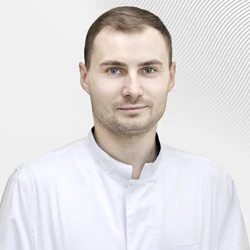
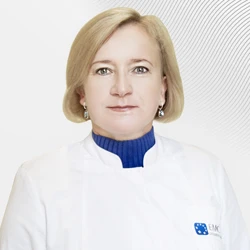
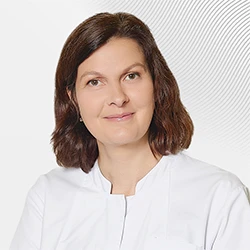

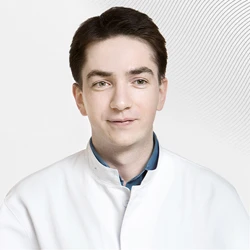
.webp)
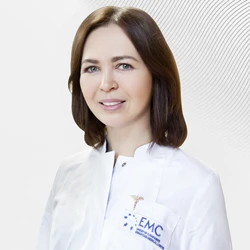
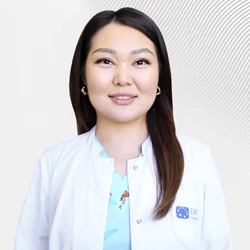
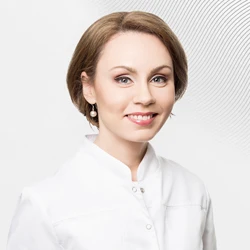

.webp)
